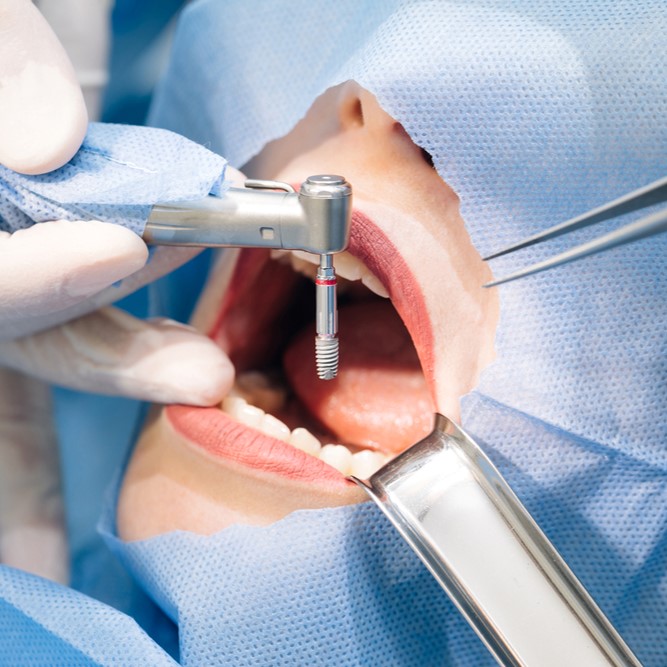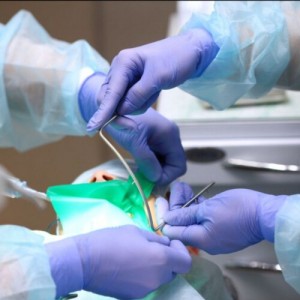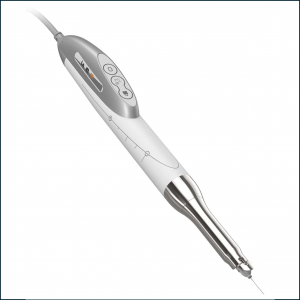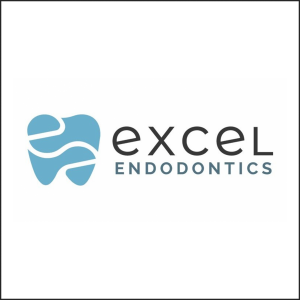
The Influence of Radiation Therapy on Dental Implantology
Patients with a history of head and neck cancer resection require extensive prosthodontic rehabilitation following cancer treatment. The oral anatomy drastically changes from ablative therapy, and the oral tissue response becomes altered as a consequence of radiation and chemotherapy. Successful restoration of oral function in this specific patient population was increasingly difficult before the widespread use of dental implants. Implant-borne prosthetics are now often used. However, surgical guidelines remain unclear with regard to oncology-related parameters. In this article, guidelines are introduced for implant therapy in the cancer patients according to radiation dosage and timing. Indications for hyperbaric oxygen treatment are highlighted along with risk assessment associated with implant placement. These guidelines are intended to augment knowledge obtained through oncology consultation; moreover, provide a rationale for implant therapy within the course of cancer treatment.
Cancer of the head and neck is the sixth leading cancer site, and treatment results in only a 50% survival rate over 5 years. According the National Cancer Institute, it is estimated that 40,250 men and women will be diagnosed with and 7850 men and women will die from oropharyngeal cancer in the year 2012. Although the survival rate has improved over the past 25 years, head and neck cancer still remains one of the deadliest forms of cancer. Treatment often involves surgical resection, radiation, chemotherapy, or combination therapy that inevitably affects both normal cells and those targeted tumor cells through antineoplastic treatments. As a consequence of this treatment, patients inherit reduced anatomical structure and physiologic functioning.
Dental rehabilitation after head and neck cancer treatment can be regarded as one of the most challenging procedures in dentistry today. In addition to altered oral anatomy, patients treated by radiation and chemotherapy are prone to oral mucositis, hyposalivation, delayed healing, and reduced angiogenesis among other effects. Therefore, an extensive prosthetic rehabilitation is required to restore speech, function, comfort, and normalcy. Before the emergence of dental implant-supported prosthetics, tissue borne prostheses were often used for the cancer patient with inherent major restorative limitations. Although providing implant-supported prosthetics is a challenge, it does offer many benefits over the conventional tissue born prostheses including improved retention, mastication, and patient acceptance.
A history of radiation treatment was once a contraindication for implant therapy. Before 1986, patients receiving head and neck radiation were excluded from implant-associated reconstruction because of concerns over the negative effects on osseointegration and altered wound healing. Although our understanding has changed today, there remain many variables that must be addressed to successfully place implants in irradiated bone. Based on a current literature review, this article provides guidelines for implant therapy in patients receiving radiotherapy for head and neck cancer.
Authors: Anderson, Lauren DDS; Meraw, Stephen; Al-Hezaimi, Khalid; Wang, Hom-Lay
Source: https://journals.lww.com/
 Related articles
Related articles
Restorative dentistry 29 September 2025
Describes the views of dentists with differing backgrounds on the restorative management of failing bridgework.
Oral surgery 15 July 2025
The influence of patients' decisions on treatment planning in restorative dentistry
As part of treatment planning, options are presented to patients by dentists. An informal discussion takes place involving a cost-benefit analysis and a treatment plan is agreed.
Prosthodontics 29 May 2025
Impression Materials in Fixed Prosthodontics: Influence of Choice on Clinical Procedure
The purpose of this article is to review impression materials used for fabricating fixed restorations in dentistry.
Oral Hygiene & Prevention 21 May 2025
Influence of Institutional Guidelines on Oral Hygiene Practices in Intensive Care Units
Maintaining oral hygiene is a key component of preventing ventilator-associated pneumonia; however, practices are inconsistent.
Restorative dentistry 19 March 2025
The influence of patients' decisions on treatment planning in restorative dentistry
As part of treatment planning, options are presented to patients by dentists. An informal discussion takes place involving a cost-benefit analysis and a treatment plan is agreed.
 Read more
Read more
Oral Hygiene & Prevention 03 October 2025
Dental treatment planning and management for the mouth cancer patient
The need to deliver cancer treatment promptly often requires modification of ideal dental treatment plans.
Editorials 03 October 2025
To help stock the Filling Station, a food pantry open to anyone in our ASOD family who is experiencing food insecurity or needs help making ends meet, Adams School of Dentistry is holding a food...
Products 03 October 2025
From Scan to Smile: Aidite’s EZPRINT-P1 and Rapid 3 Deliver a Complete Digital Workflow
Digital dentistry thrives on precision, efficiency, and integration. Aidite has long been a leader in advancing these principles. With the introduction of the EZPRINT-P1 3D Printer, the company now...
Products 03 October 2025
Dentalhitec Americas recently announced the official U.S. launch of QuickSleeper5, following FDA clearance. Even prior to its American debut, demand from dentists for the QuickSleeper5.
News 03 October 2025
Excel Endodontics, a new specialty dental practice founded by endodontist Dr. Rachel Halpern, is proud to announce its official opening in Marlboro, New Jersey, along with the launch of its new...















